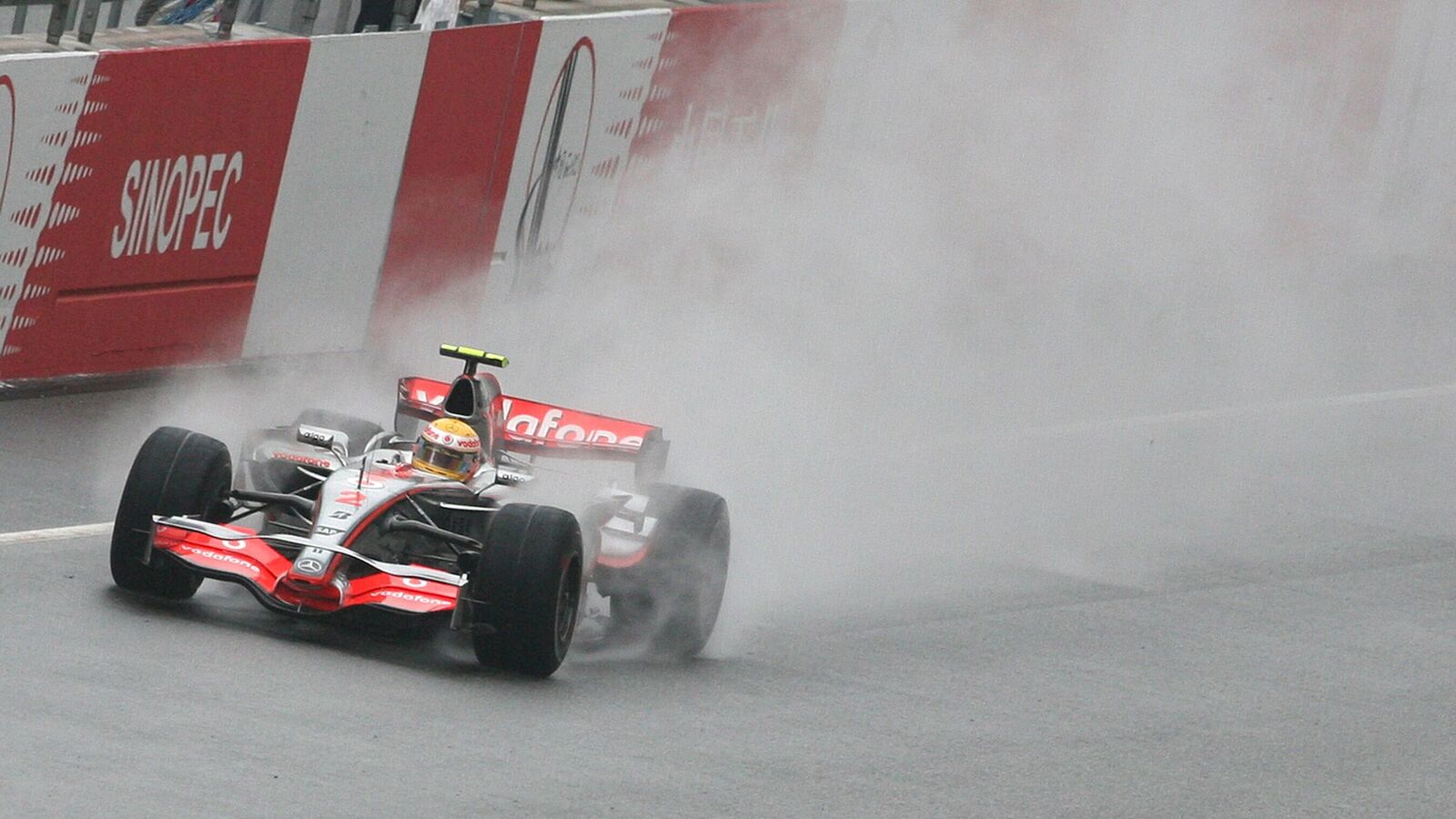What’s not to love about a billionaires’ party? Formula One, a nine-month annual extravaganza, stages 23 car races in almost as many different countries, scattered across five continents. Millions tune in to watch drivers zoom around in mega-cars powered by noisy petrol engines, before Max Verstappen wins again. The teams often whisk men and machines from one glamorous location to the next by air. All of that involves spewing out plenty of carbon.
As long as viewers or sponsors didn’t care—and for decades most did not—then the sport could race along unheeded. The trouble is that viewers are starting to want their games not to be guilty pleasures. Sports, increasingly, are expected to be green as well as fun. F1 understands that it needs to change. Liberty Media, its American owner, said in 2019 that the competition would reach net-zero emissions by 2030. Back then, a promise to achieve something more than a decade later probably seemed easy to keep. With the clock ticking, what are the chances?
At first glance, not good. Any big sporting event produces lots of greenhouse gases. Football’s governing body, FIFA, said emissions from the 2022 World Cup in Qatar, including fans’ travel, amounted to 3.6m tonnes of carbon dioxide equivalent (tCO2e). The real total may have been higher, but even FIFA’s sums put the World Cup’s emissions close to the annual total of the Democratic Republic of Congo. F1, which is much smaller and excludes fans’ travel from its calculation, says its emissions in 2019 were 257,000 tCO2e. The 5.5m people of the Central African Republic produce less.
Most sports pay lip-service to greenery, vowing to cut back on plastic straws or to switch old light bulbs for LEDs. F1 is doing more, and has made progress on developing a carbon-neutral fuel. One team, McLaren, is using recycled carbon fibre for parts of its cars’ bodywork. All this is welcome—and could have a wider impact if some of the F1-specific work into greener fuels and the like could be applied more generally. But it does little to clean up the sport. The fuel burned during testing and races represents less than 1% of F1’s total emissions. Almost 75% come from travel and shipping. That’s typical of most sports: around 70% of emissions associated with the World Surf League, for example, come from flying its contestants, boards and more from one splendid beach to the next. Any sport serious about reducing its carbon footprint must focus on travel.
The covid-19 pandemic already forced some to do so. Seth Wynes, a Canadian academic, says steps taken by the four big American sports leagues (American football, baseball, basketball and ice hockey) to reduce the spread of the virus also resulted in an average cut to their air-travel emissions of 22% in 2020, compared with 2018. Measures included playing the same opponents in consecutive matches, rather than in games spread across the season. Sorting leagues into tight geographical conferences, so teams only played their neighbours during the regular season, also helped.
F1 is trying to do something similar. From next year the Japanese Grand Prix will happen earlier than usual, just after the Australian race. The race in Qatar will precede the season-ender in Abu Dhabi. Although the nine grands prix in Europe will still be split up by a trip to Canada, the calendar is starting to look a bit greener.
Devising a greener formula
This sounds modest, but the potential emissions reductions are significant. With fewer “flyaway” races, more kit can be moved by road or sea. Hope Ross of the University of Strathclyde devised an optimised race calendar based on the 2019 schedule that would have reduced logistics emissions by 44%.
Through such measures, F1 reckons its emissions can fall by half from their 2019 levels by 2030. What about the rest? Supposedly offsets will mitigate the remainder, producing net-zero emissions as promised. The trouble is, this places a lot of faith in the future. Scepticism about the value of many offsets is rising. F1 hopes that improving technology—for example, machines that can remove carbon from the air, cutting reliance on programmes that involve tree-planting—may allow for more convincing offsets by the end of the decade. Maybe this will happen. Quite likely, it won’t.
© 2023, The Economist Newspaper Limited. All rights reserved. From The Economist, published under licence. The original content can be found on www.economist.com
#problem #heart #Formula



